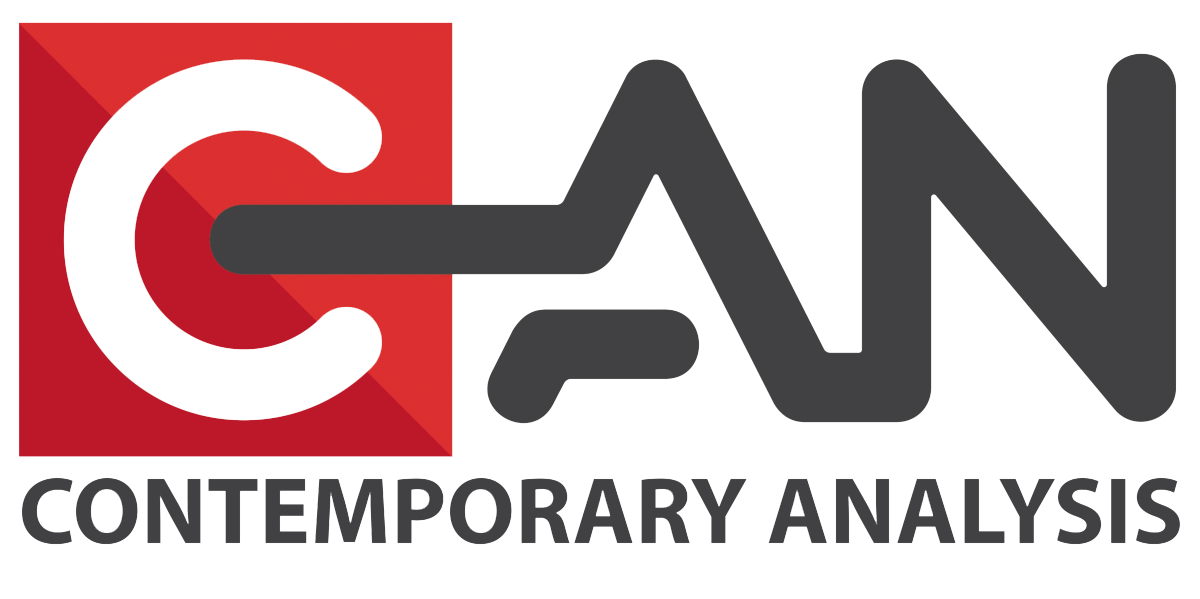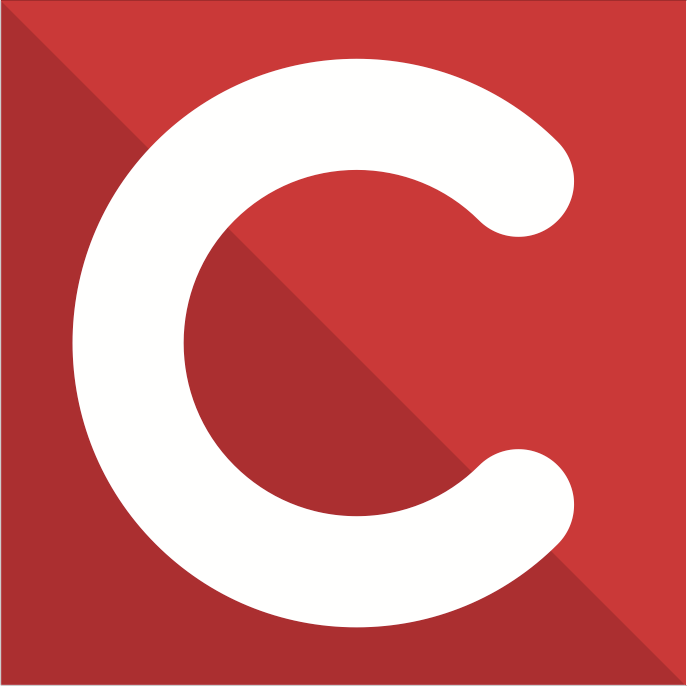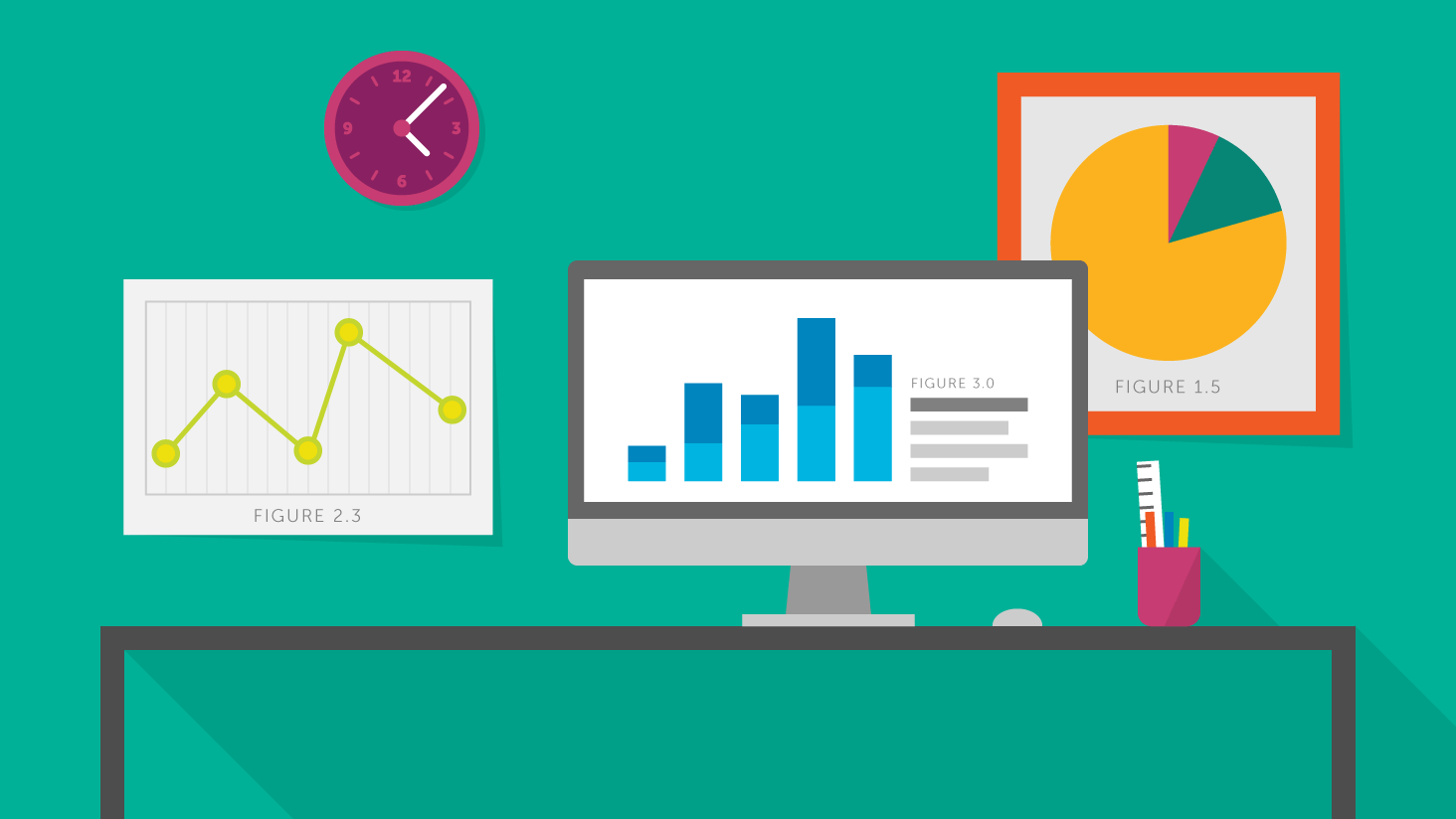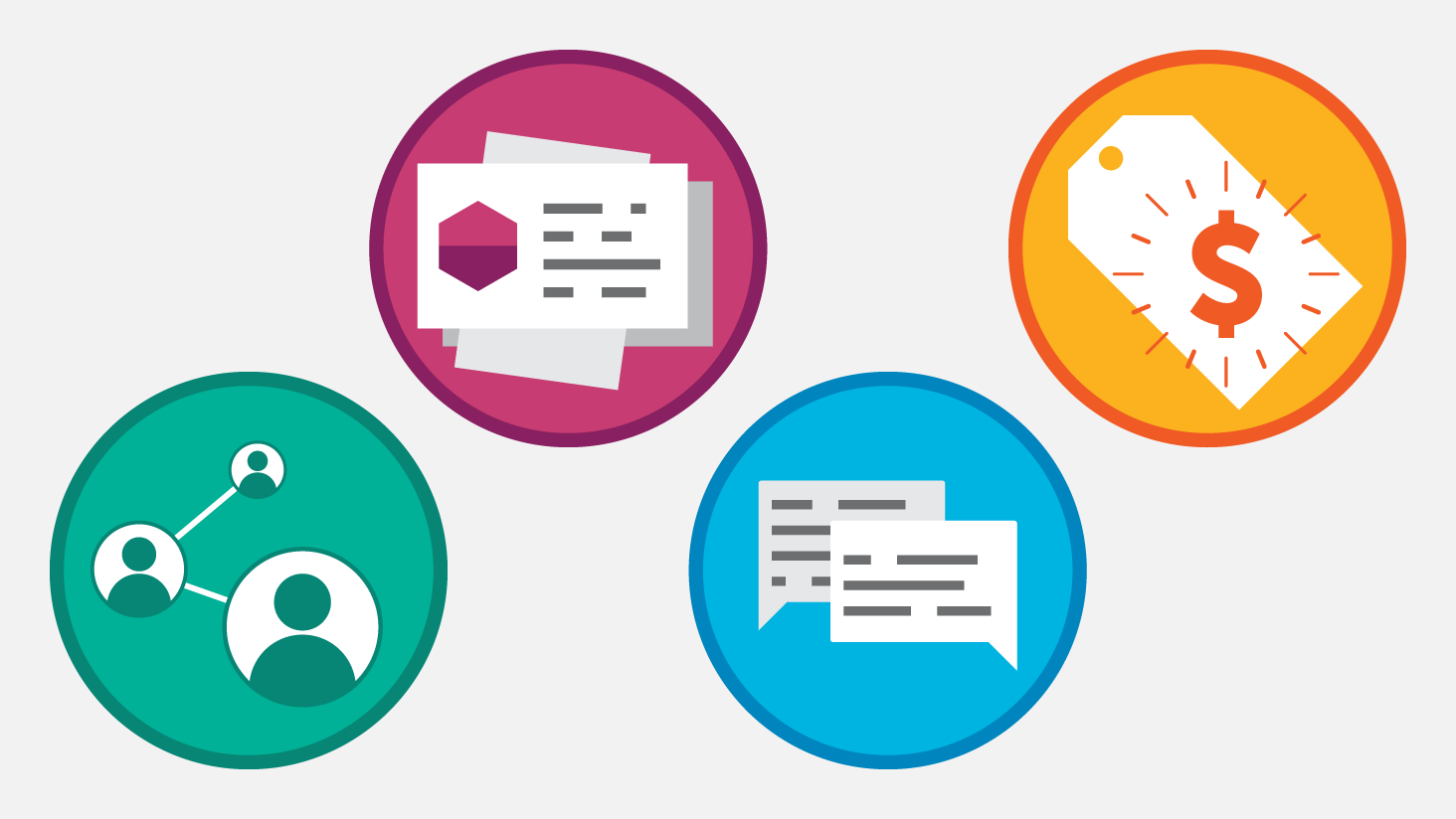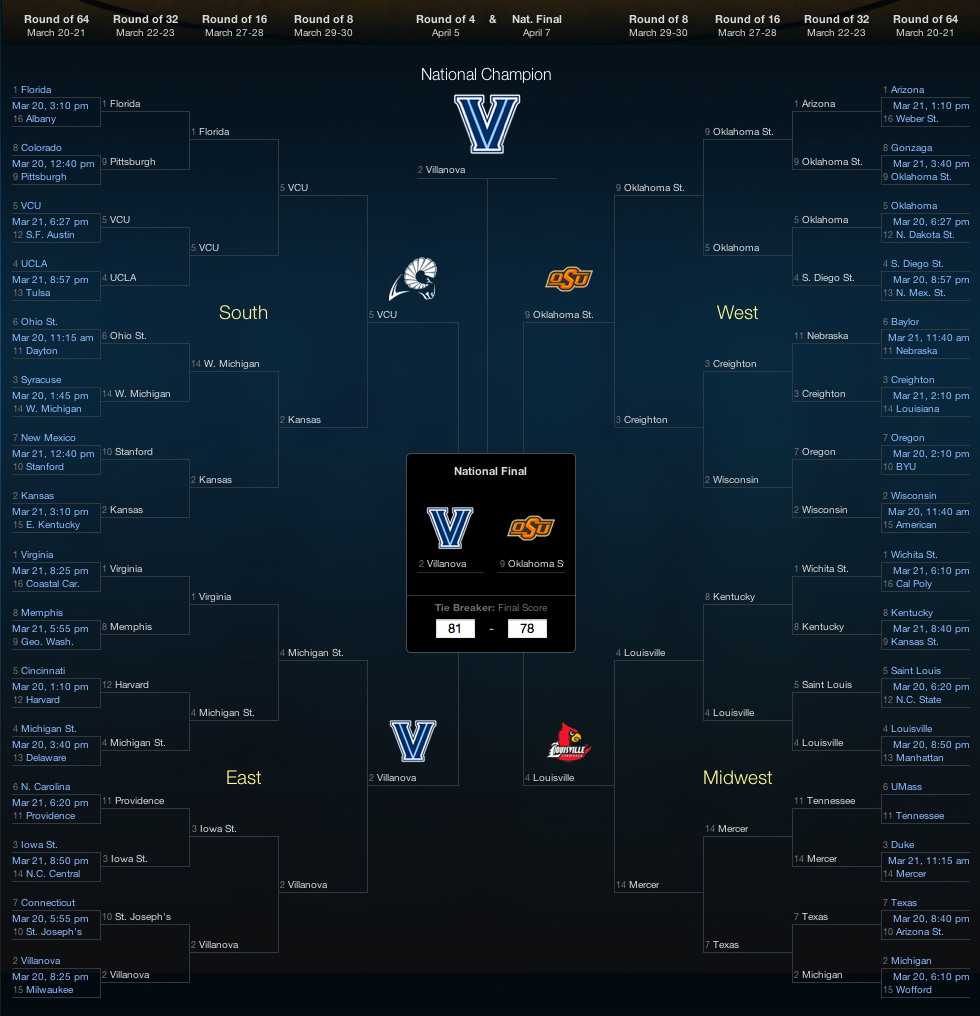As campaigns this year gear up their marketing efforts on all the social platforms, it...
News
read more
Omaha Public Schools Pre-Bond Analysis Featured on KETV NewsWatch 7
Recently we have been working, in conjunction with NorthStar Campaign Systems, with...
Why to Become a Data Scientist
Too few of today’s college students realize they want to be data scientists when they...
The Challenges of Flexible Work Trends
Today’s flexible work trends favor the clever, well educated and self–motivated. Trends...
Insurance Premiums Relative to Health by State
The theory of insurance states that the healthier a population of people, the less they...
10 Questions to Ask Before Buying Sales Leads
Thinking about buying sales leads? Here are 10 questions that you should ask first. 1....
Generating Sales Leads
Every sales organization requires three things: sales managers, salespeople, and sales...
Analyzing March Madness — Completing Our Bracket Using Predictive Analytics
Every so often we get the opportunity to apply our knowledge to something a little...
3 Personalities of Marketing
Marketing has three personalities. (1) The Check Writer asks how much does it cost. (2)...
